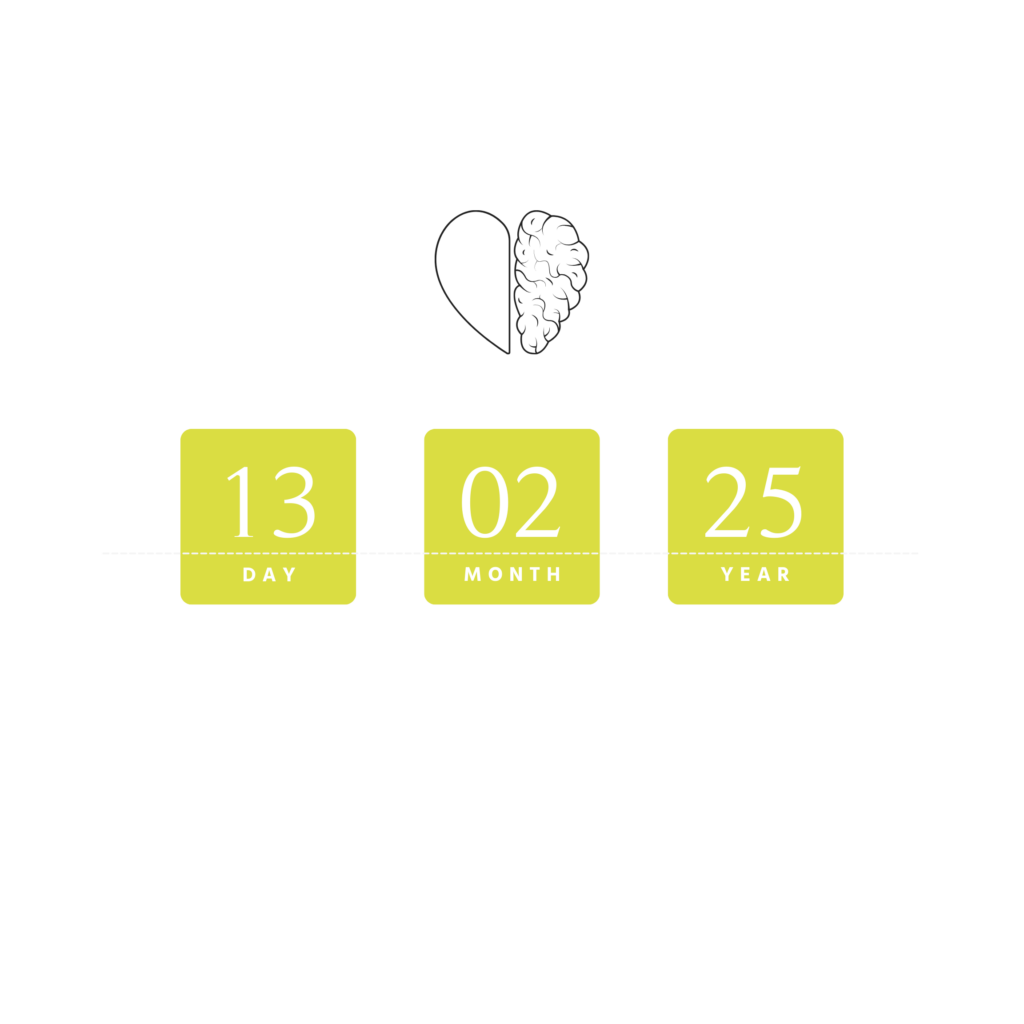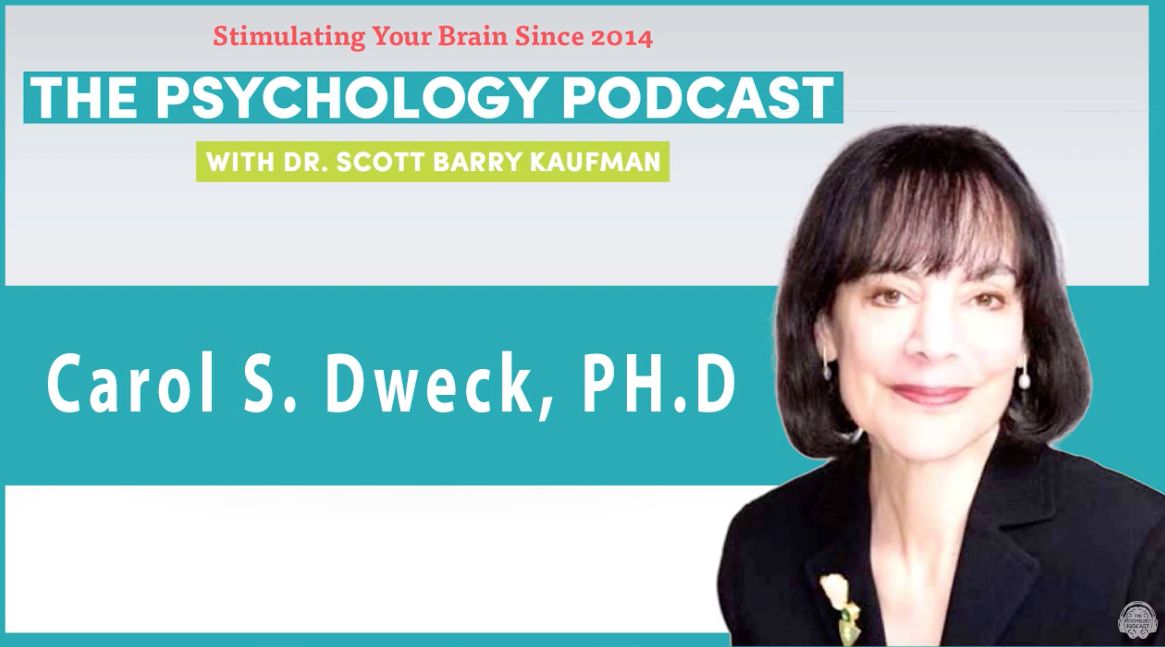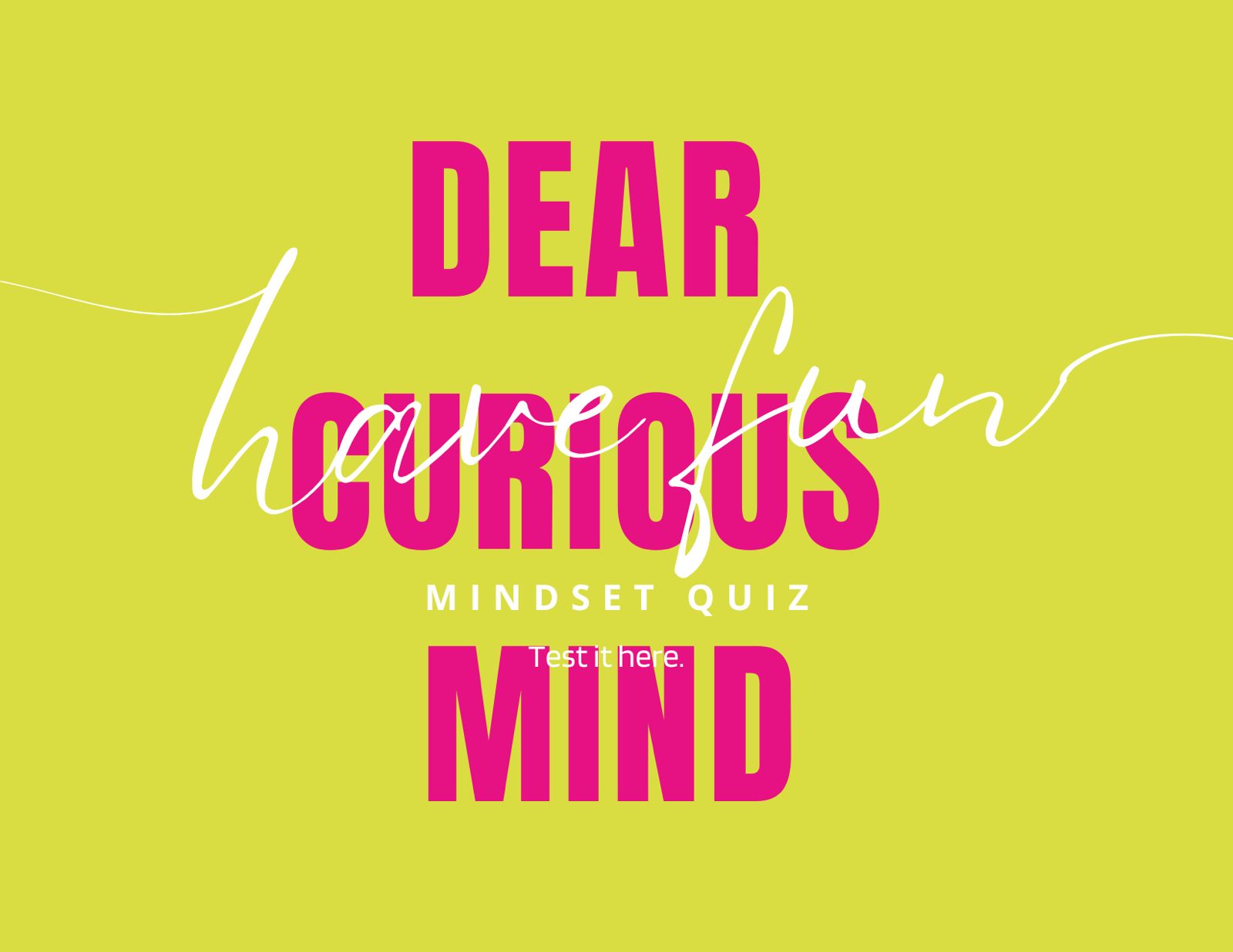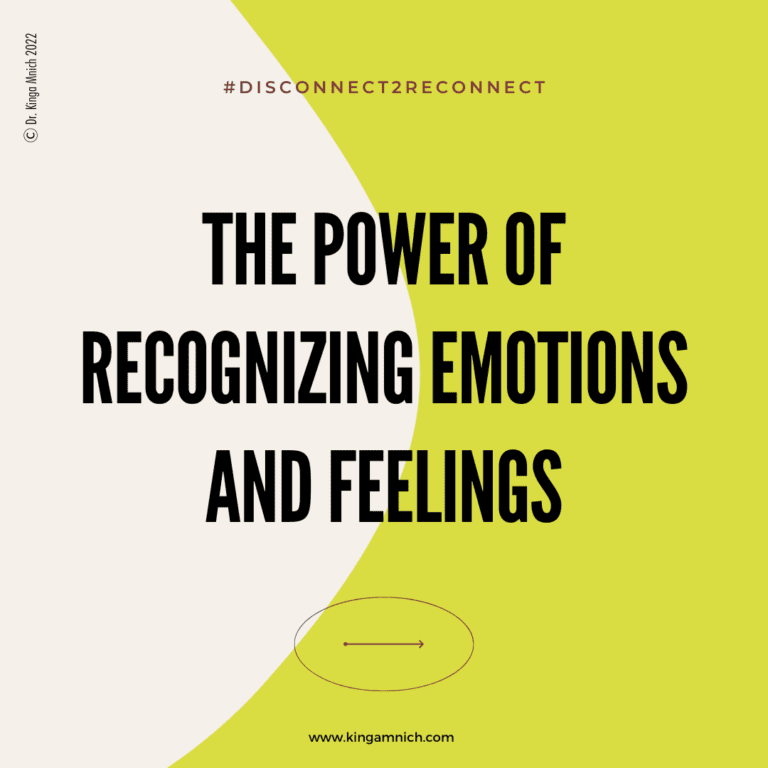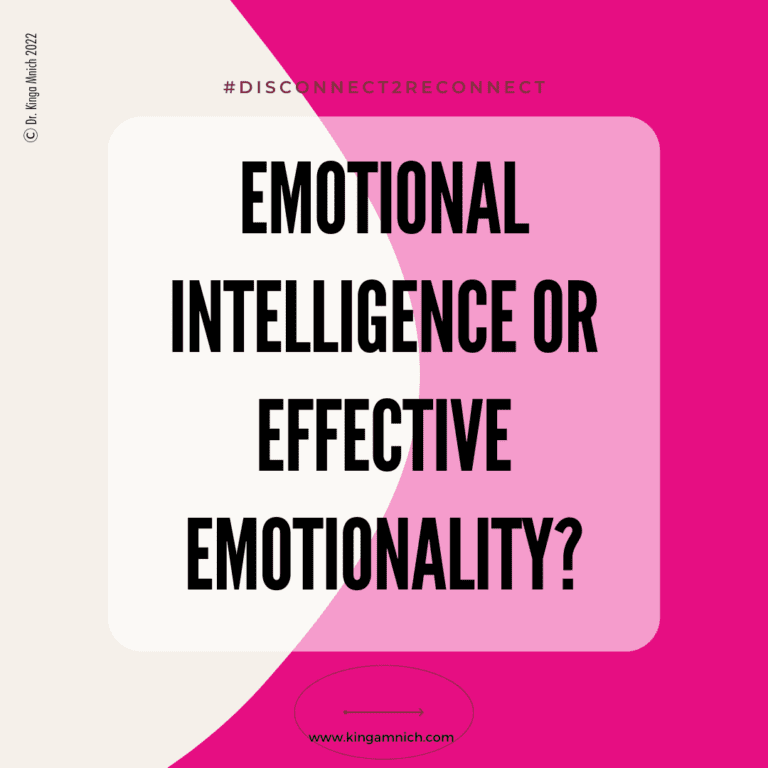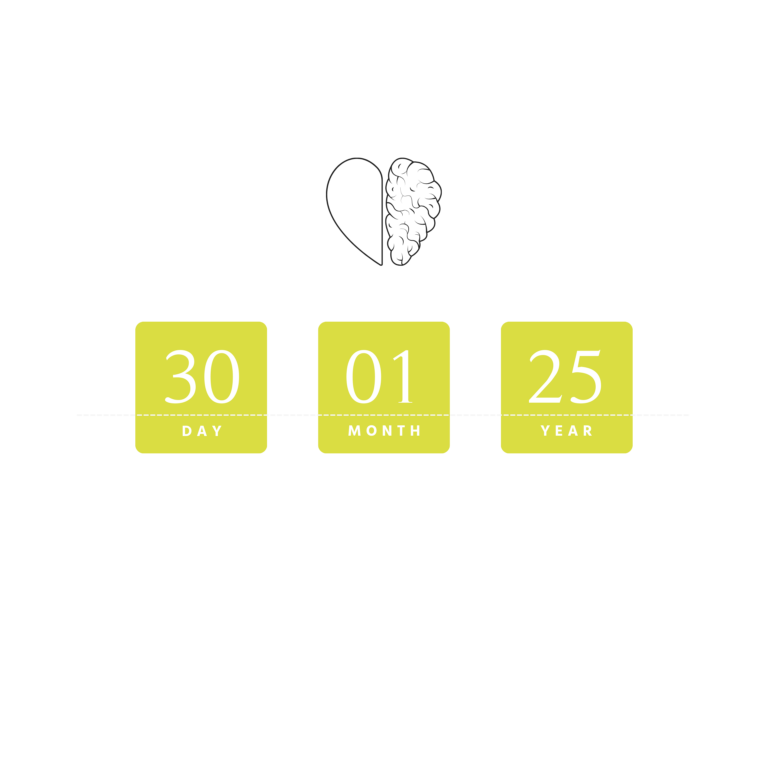Fostering a Growth Mindset
↳ A growth mindset is much more than just seeing things positively.
Embracing a growth mindset transformed my perspective. Instead of viewing obstacles as dead ends, I learned to see them as stepping stones toward improvement. I discovered that when I allowed myself to be curious about my mistakes, I activated a more reflective, problem-solving state in my brain—a state that fostered creativity and resilience. The transformation wasn’t instantaneous; it is still an ongoing journey of creating awareness and exploring my beliefs and thoughts.
Here is what I learned so far:
Creating this shift in perspective profoundly affects our nervous system. When we allow ourselves to be curious and see challenges as opportunities, we replace the fight-or-flight reaction with a calmer, more thoughtful response. This neuroplasticity—the brain’s remarkable ability to rewire itself—enables us to overcome self-doubt and face new challenges head-on. The more we practice this mindset, the more our brain adapts, enabling us to thrive even in the midst of adversity.
This personal journey has also reshaped how I approach difficult conversations—those challenging discussions that can spark real change. I used to shy away from conversations that might challenge my beliefs or expose my vulnerabilities. But when I started viewing criticism as valuable feedback rather than a threat, I found that these conversations became fertile ground for growth (And feedback can also mean that you need to set boundaries around the people who feel entitled to voice their opinions without being invited to ;-)).
With a growth mindset, I now enter difficult discussions with curiosity and an openness to learn from others. This enhances my relationships and contributes to a broader culture of mutual understanding and respect.
Imagine transforming your approach so that instead of being held back by the fear of not being good enough, you see every challenge as a chance to learn, adapt, and ultimately flourish. When you engage with the world from this mindset, you start noticing opportunities where others see only obstacles. Whenever you choose curiosity over judgment, you’re rewiring your brain and fostering a more resilient and innovative version of yourself.
As you move through the next few days, I invite you to reflect on your mindset. When faced with setbacks or difficult conversations, ask yourself: How might this be an opportunity for learning? How can I shift from feeling threatened to feeling curious? In doing so, you’ll nurture your growth and contribute to a broader, more compassionate dialogue in our community and beyond.
Here’s to embracing growth, overcoming fear, and turning every challenge into a step toward a more fulfilling and flourishing life.
Practical Self-Development Tools
- “I am…” (as in, “I am a failure”)
- “I can’t…”
- “It’s impossible…”
- “I should be…”
- “I’m just not a [fill in the blank] person.”
Reframe with Growth Mindset Language: Rewrite each triggering thought using more growth-oriented language. Replace fixed statements with phrases that emphasize learning, effort, and potential. Here are some alternatives:
- Instead of “I am a failure,” try “I haven’t succeeded yet, but I can learn from this experience.”
- Instead of “I can’t do this,” try “I can’t do this yet, but I’m willing to try and learn.”
- Instead of “It’s impossible,” try “This is challenging, but I’m curious to explore different approaches.”
- Instead of “I should be better at this,” try “I’m still learning, and I’m making progress every day.”
- Instead of “I’m just not a creative person,” try “I haven’t explored my creative potential fully, and I’m open to trying new things.”
Choose One Action: For one of the reframed thoughts, identify a small, concrete action you can take this week to put that growth mindset into practice. (e.g., If you reframed “I can’t do this presentation” to “I can’t do this presentation yet, but I’m willing to try and learn,” your action could be “Watch one short video on presentation skills.”)
- Situation: Failed to get a promotion at work.
- Triggering Thought: “I’m never going to get ahead in this company.”
- Fixed Mindset Language: “never”
- Reframed Thought: “I haven’t gotten the promotion yet. What can I learn from this process to improve my chances next time?”
- Action: “Schedule a meeting with my manager to ask for specific feedback on areas for development.”
Exercise 2: “Difficult Conversations as Growth Opportunities” This exercise will help you shift your perspective on difficult conversations, viewing them as valuable opportunities for learning and growth, rather than sources of anxiety and conflict.
- Fear: “They’ll get angry and defensive.”
- Learning Objective: “I can practice staying calm and assertive, even when someone is upset. I can also learn more about their perspective and what’s driving their defensiveness.”
- Fear: “They’ll reject my ideas.”
- Learning Objective: “I can learn to articulate my ideas more clearly and persuasively. I can also learn from their feedback and identify areas where my ideas need improvement.”
- Fear: “I’ll get emotional and lose control.”
- Learning Objective: “I can practice recognizing my emotional triggers and developing strategies for managing my emotions during difficult conversations.”
3. Prepare with Curiosity: Before the conversation, spend some time preparing with a mindset of curiosity. What questions can you ask to better understand the other person’s perspective? What assumptions are you making that you can challenge?
4. During the Conversation: Focus on listening more than talking. Ask open-ended questions. Validate the other person’s feelings (even if you don’t agree with their point of view). Remember that your goal is to learn and understand, not to “win” the argument.
5. Reflect Afterwards: After the conversation, take some time to reflect on what you learned. Did any of your fears come true? If so, how did you handle it? What went well? What could you have done differently?
By consciously reframing difficult conversations as opportunities for learning and growth, you can reduce your anxiety and approach these interactions with more confidence and curiosity. This will not only lead to more positive outcomes but also strengthen your relationships and enhance your personal development.
3. Additional Resources:
01
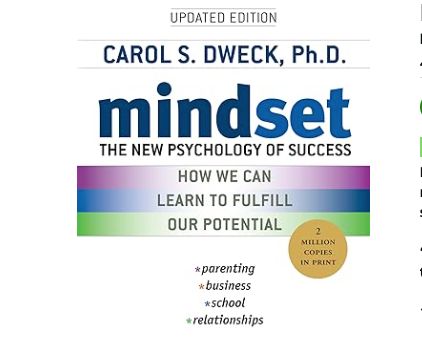
Podcast Suggestion
why listen?
From the renowned psychologist who introduced the world to “Growth Mindset” comes this updated edition of the million-copy bestseller – featuring transformative insights into redefining success, building lifelong resilience, and supercharging self-improvement.
Talk Suggestion
How To Approach Self-Development
Learn how Dr. Dweck developed her research.
Bi-Weekly Book Recommendation
The Courage To Be Disliked
Test your mindset here.
Are you enjoying the newsletter? If so, I would love to hear from you what you think about it and what has been helpful so far.
Thanks for your support and ‘see you’ in two weeks!

Has someone forwarded this to you? Subscribe here so you don’t miss out—and get ready to feel inspired, motivated, and fired up to tackle the next step in your life.

